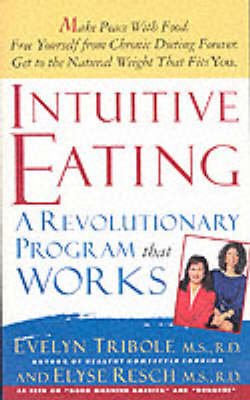
Time Warps, String Edits, and Macromolecules
Centre for the Study of Language & Information (Verlag)
978-1-57586-217-0 (ISBN)
- Titel z.Zt. nicht lieferbar
- Versandkostenfrei innerhalb Deutschlands
- Auch auf Rechnung
- Verfügbarkeit in der Filiale vor Ort prüfen
- Artikel merken
1. An overview of sequence comparison Joseph B. Kruskal; Part I. Macromolecular Sequences: 2. Recognition of patterns in genetic sequences Bruce W. Erickson and Peter H. Sellers; 3. Fast algorithms to determine RNA secondary structures containing multiple loops David Sankoff, Joseph B. Kruskal, Sylvie Mainville and Robert J. Cedergren; Part II. Time-Warping, Continuous Functions, and Speech Processing; 4. The symmetric time-warping problem: from continuous to discrete Joseph B. Kruskal and Mark Liberman; 5. Use of dynamic programming in a syllable-based continuous speech recognition system Melvyn J. Hunt, Matthew Lennig and Paul Mermelstein; 6. Application of sequence comparison to the study of bird songs David W. Bradley and Richard A. Bradley; Part III. Variations on a Theme: Algorithms for Related Problems: 7. On the complexity of the extended string-to-string correction problem Robert A. Wagner; 8. An analysis of the general tree-editing problem Andrew S. Noetzel and Stanley M. Selkow; 9. Simultaneous comparison of three or more sequences related by a tree David Sankoff and Robert J. Cedergren; 10. An anthology of algorithms and concepts for sequence comparison Joseph B. Kruskal and David Sankoff; 11. Dissimilarity measures for clustering strings James M. Coggins; Part IV. Computational Complexity: 12. Recent results on the complexity of common-subsequence problems; 13. Formal-language error correction Robert A. Wagner; 14. How to computer string-edit distances quickly William J. Masek and Michael S. Paterson; Part V. Random Sequences: 15. An upper-bound technique for lengths of common subsequences Vaclav Chvatal and David Sankoff; 16. Probabilistic behavior of longest-common-subsequence length Joseph Deken; 17. Common subsequences and monotone subsequences David Sankoff and Sylvie Mainville; Author index; Subject index.
| Erscheint lt. Verlag | 29.10.2001 |
|---|---|
| Reihe/Serie | The David Hume Series |
| Einführung | John Nerbonne |
| Zusatzinfo | 98 b/w illus. 1 colour illus. 21 tables |
| Verlagsort | Stanford |
| Sprache | englisch |
| Maße | 152 x 229 mm |
| Gewicht | 560 g |
| Themenwelt | Mathematik / Informatik ► Informatik ► Theorie / Studium |
| Mathematik / Informatik ► Mathematik ► Computerprogramme / Computeralgebra | |
| ISBN-10 | 1-57586-217-4 / 1575862174 |
| ISBN-13 | 978-1-57586-217-0 / 9781575862170 |
| Zustand | Neuware |
| Haben Sie eine Frage zum Produkt? |
aus dem Bereich



